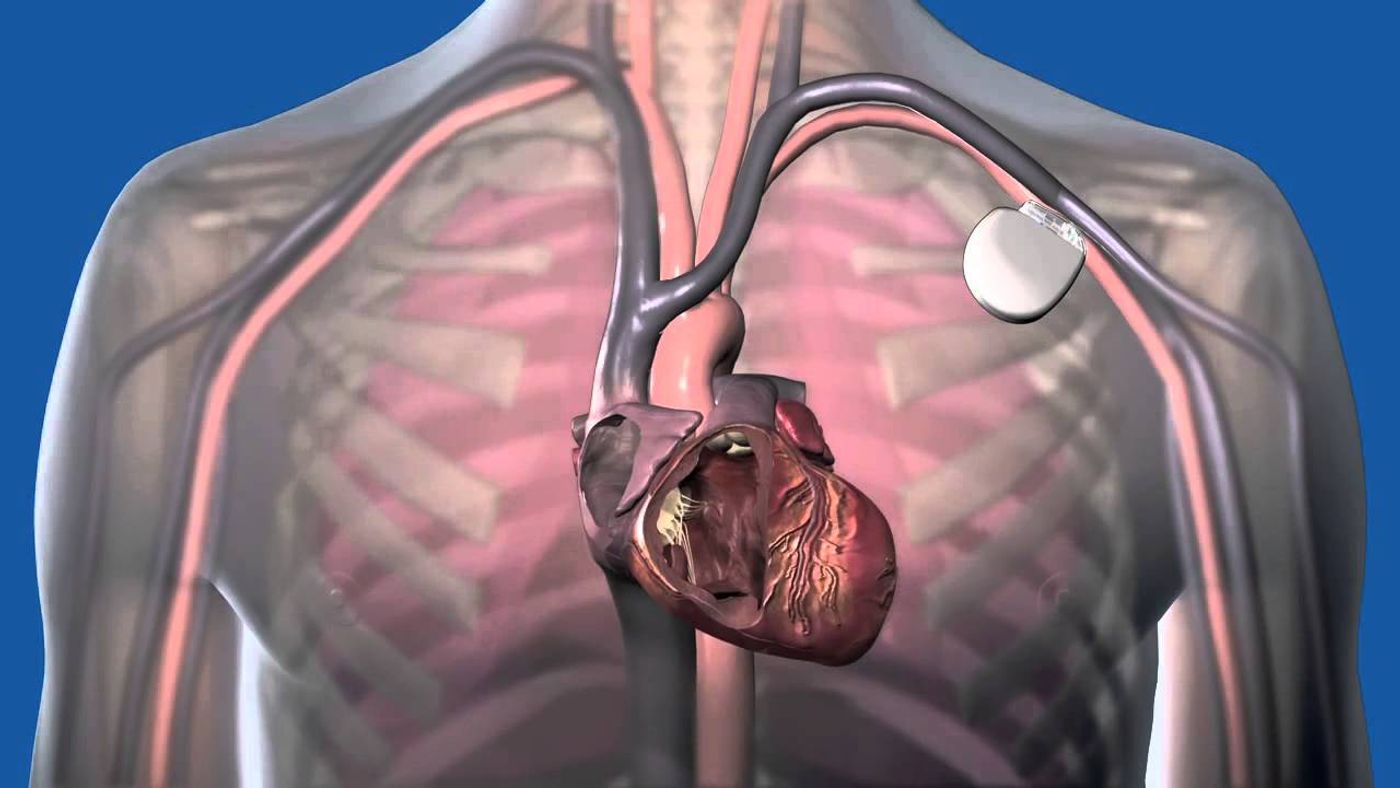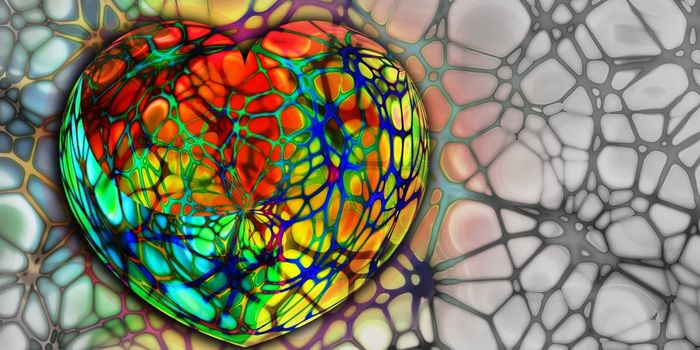An international team of scientists is on the cutting edge of a new treatment for cardiac arrhythmia that uses light beams instead of electricity to restore the heart’s healthy beat.

The new method of creating implantable defibrillators based on light works through optogenetics: installing light-sensitive proteins in living tissue to enable light sources to modify the electrical activity in cells, like cardiomyocytes, the muscle cells of the heart. Using light instead of electric shocks to treat arrhythmia, doctors could bypass the pain and potential damage to heart tissue for their patients.
“Light will be given to a patient who is experiencing cardiac arrest, and we will be able to restore the normal functioning of the heart in a gentle and painless manner," explained Natalia Trayanova, PhD from Johns Hopkins University. Trayanova teamed up with researchers from the University of Bonn in Germany to test the new technology, starting with a Germany-based test in mice models of disease.
Researchers from the University of Bonn initially tested the light-sensitive defibrillators on beating mouse hearts whose cardiomyocytes had been genetically altered to express light-sensitive proteins. After triggering ventricular fibrillation, a light pulse one second-long successfully restored normal rhythm.
Meanwhile at Johns Hopkins, Trayanova and her team set out to see if the methodology from the Germany study in mice worked the same in humans. They conducted the same experiment except with a computer model of the human heart derived from MRI scans from an actual arrhythmia patient recovering from a heart attack rather than mice with arrhythmias.
Successful results where light beams corrected arrhythmias were obtained after some alterations were made to the original method. Red light was used instead of blue light for defibrillation because of its longer wavelength that is more powerful, a strength that was needed to penetrate human heart tissue.
In addition, Trayanova said that the “simulations revealed the precise ways in which light alters the collective electrical behavior of the cells in the heart to achieve the desired arrhythmia termination.”
More time and research is needed until this procedure can become “commonplace” in medicine; researchers estimate at least five to ten years.
The study was published in
The Journal of Clinical Investigation.
Source: Johns Hopkins University









